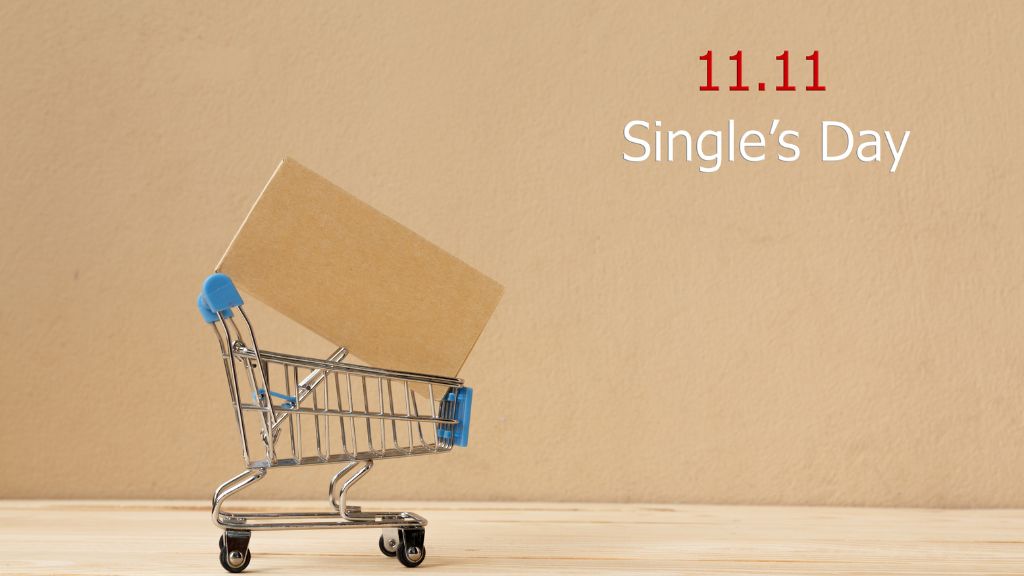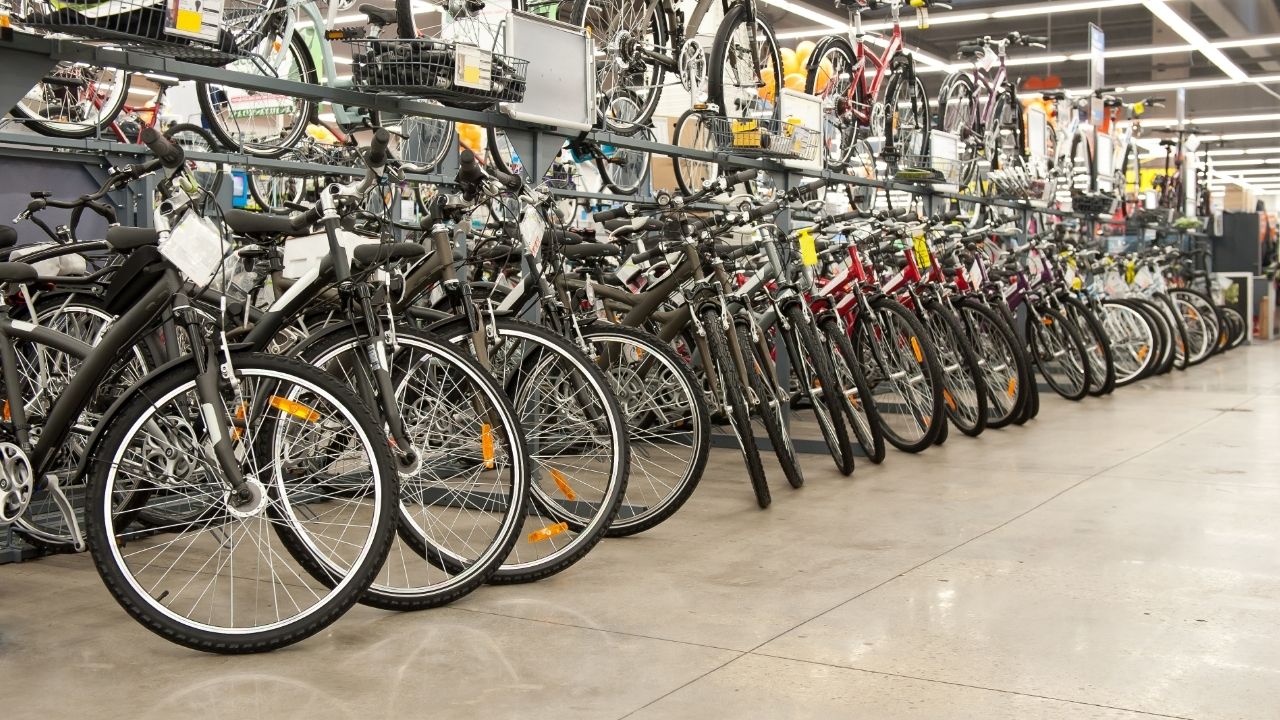

The Peak Season, often called the Holiday Shopping Season, represents the single greatest revenue opportunity of the year for the e-commerce sector. Globally, online spending during the 2024 holiday season hit a record-breaking $1.2 trillion, a 3% year-over-year increase, according to Salesforce. This trend is set to continue, with Deloitte projecting annual growth between 7% and 9% in the US alone in 2025. However, this massive potential also brings the most competitive period on the retail calendar.
This article is your updated strategic guide to prepare for, execute, and win during key retail moments, from inventory planning to data-driven smart pricing.
What is Peak Season in e-commerce?
Peak Season refers to the periods of the year with a significant surge in online demand and sales. Understanding e-commerce seasonality is vital, as these windows, especially the Q4 holiday rush, are make-or-break moments. Failing to prepare adequately for these commercial campaigns means handing sales and revenue directly to your competitors.
The Peak Season Calendar: Key Dates You Can't Afford to Ignore
While the Q4 holidays are the main event, peak season is made up of several key shopping periods throughout the year.
| Key Event/Period | Date/Month | Feature |
After-Christmas Sales | January | The first major discount period of the year, perfect for clearing out holiday inventory and attracting bargain hunters. |
Valentine's Day | February 14 | A major demand spike for categories like jewelry, flowers, experiences, and gifts. |
Mother's Day | Second Sunday in May | A huge gifting holiday with a strong focus on personalized items, beauty, and electronics. |
Father's Day | Third Sunday in June | An opportunity for electronics, men's grooming products, tools, and hobby-related gifts. |
Summer Sales | July - August | Includes two major US shopping events: 4th of July and Labor Day sales, which are key for clearing spring/summer stock, especially in fashion and outdoor goods. |
Prime Day | Typically July | Amazon's massive sales event that has become a mid-year benchmark for the entire industry. |
Back to School | August - September | A critical period for fashion, stationery, tech, and school supply sectors. |
Amazon's Prime Big Deal Days | October | This event has cemented its place as the unofficial kickoff to the holiday shopping season, prompting consumers to start their gift buying early. |
Singles' Day / Global Shopping Festival | November 11 | Originally an Asian event, this day has gained enormous global traction as a major online shopping day and a prelude to Black Friday. |
Cyber Week | Late November | This week contains the two biggest shopping days of the year, Black Friday, Cyber Monday and Retargeting Tuesday. |
Holiday Season | December | The most important sales month, starting with last-minute Christmas shopping and continuing with Boxing Day sales and post-holiday clearances. |

"During Peak Season, agility isn't an option—it's the foundation of profitability. The winning companies aren't the ones that react fastest to price changes, but the ones that anticipate them with accurate data and an automated strategy."
4 Strategic Pillars to Dominate the Peak Selling Season
To turn the intense competition of these commercial campaigns into a growth opportunity, your strategy must rest on four coordinated pillars.
1. Be Data-Driven: Data Analysis as Your Starting Point
Before you adjust a single price, every decision must be based on data. Data-Driven Decision Making allows you to understand your competitors' positioning and market trends. To do this, you must ensure the quality of your data, as it will be the bedrock of your entire strategy. Gaining insights into pricing trends and competitor behavior is the first step in designing a winning offer. Using a Competitor Price Monitoring software like Minderest is essential.
2. Inventory Management and Demand Forecasting
The best price is useless if you don't have the product in stock. The ability to anticipate which products will be in high demand is key. Using Demand Forecasting software helps you optimize inventory levels to avoid two equally dangerous scenarios: stockouts, which cause you to lose sales directly to rivals, or overstock, which erodes your margins with storage costs and future markdowns.
3. Pricing and Tariffication Strategies: Your Differentiating Factor
Price is the deciding factor for 90% of online shoppers during Peak Season. Mastering these retail pricing tactics is fundamental to attracting customers, driving sales, and maximizing revenue:
- Dynamic Pricing: Automatically adjust your prices based on demand, competitor prices, stock levels, and other market variables to always find the optimal price point.
- Volume Discounts: Implement BOGO (Buy One, Get One Free) promotions and create product bundles to increase the average order value (AOV).
- Limited-Time Offers: Use urgency and scarcity with flash sales to drive impulse purchases.
- Price Anchoring & Loss Leaders: Display a higher-priced item next to your featured product to make it seem more affordable (anchoring), or sell a popular product at a loss to attract traffic that will buy other, higher-margin items (loss leader).
- Loyalty Programs: Offer exclusive discounts or early access to sales for your most loyal customers to strengthen relationships and secure repeat business.
4. Optimizing Customer Experience and Marketing
The surge in traffic during the high season will test your digital infrastructure. Ensure your website is fast, mobile-optimized, and offers a frictionless checkout process. Launch segmented marketing campaigns (email, social media, SEM) to efficiently attract and convert this increased traffic, communicating your offers clearly and persuasively.
Step-by-Step: Define Your Peak Season Pricing Strategy with Minderest
A methodical approach is the only way to execute a successful campaign. Here’s how to use technology to build a robust pricing strategy.
- Step 1: Market Audit (3-4 weeks out). Use a price monitoring tool to track your key competitors. What are their prices on best-selling products? What types of promotions are they running? This gives you a complete map of the battlefield before the price wars begin.
- Step 2: Catalog Segmentation & Rule Setting (2 weeks out). Classify your product catalog into categories (e.g., loss leaders, margin builders, long-tail products) and define your rules in the Dynamic Pricing platform. For example: "For 'loss leader' products, always stay $1 below Competitor X, without going below my cost +5%."
- Step 3: Execution & Monitoring (During Peak Season). Activate your dynamic pricing rules. The platform, through its e-commerce integrations, will automatically adjust prices based on market behavior. Your job shifts to monitoring performance from the dashboard, ensuring sales and margin targets are being met.
- Step 4: Post-Campaign Analysis (The Week After). Peak Season is also your biggest data-gathering opportunity of the year. Analyze which strategies, rules, and promotions performed best. This information is a gold mine for planning your next campaign with even greater precision.
Don't let constant market changes overwhelm you. Implement dynamic pricing and ensure maximum profitability on every sale.
Frequently Asked Questions about e-commerce Peak Season
How far in advance should I prepare my Peak Season strategy?
Ideally, strategic planning should begin 2-3 months before the season kicks off. The technical execution phase, like setting up pricing rules and auditing the market, should start at least 3-4 weeks before the first key date.
How can I avoid a price war during Black Friday?
Instead of competing solely on price, focus on value. Offer exclusive bundles, extended warranties, free and fast shipping, or exceptional customer service. Use a monitoring tool to identify where you can be competitive without sacrificing your entire margin.
What role does competitor monitoring play in Peak Season?
It's fundamental. It allows you to understand your rivals' pricing strategies in real-time, identify opportunities to adjust your own offers, react to aggressive promotions, and ensure your prices are always competitive on your catalog's most important products.
Conclusion: From Manual Reactions to Proactive Pricing
Success during Peak Season isn't an accident. It's the result of methodical preparation based on data, smart inventory management, and, above all, a competitive and dynamic pricing strategy. Moving from manually reacting to the market to proactively anticipating it with technology is what separates industry leaders from the rest. Now is the time to equip your business with the right tools to turn the most competitive time of year into your most profitable one.
Ready to define the perfect pricing strategy for Black Friday and the Holiday Season? Discover how our Price Intelligence tool gives you the competitive edge you need. Request a demo.
Find out how Minderest can take your business to the next level.
Contact our pricing experts to see the platform in action.
Related Articles

AI Agents and Holiday Season: How to Adapt Your Pricing Strategy
Holiday season planning used to revolve around creative campaigns, emotional storytelling, and optimizing the user experience. However, a silent revolution is changing the rules of the game. The rise...
Retail price monitoring: How Decathlon optimizes its strategy
Decathlon’s mission is to make sport accessible to all. In the quest to achieve this aim, the company faces one of the greatest challenges in the retail sector: the need to always offer the right...